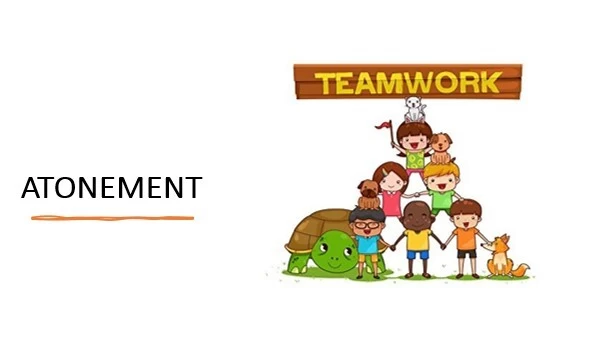
A form of restorative justice
atonement involves apologizing and doing something nice for the person who he did not treat appropriately.
It teaches reciprocity in relationships, in the sense that it requires giving to others.
Requires using perspective-taking skills, because it requires him to think about how his words/behaviors affected someone else.
Here’s what atonement language sounds like:
- “What do you think you can do to atone it with Mom when she asked you to come get your clothes and you screamed at her?”
- “He might not show it, but I know your brother is upset about the argument you guys got into. I know he said some things that weren’t nice to you, can you repair it with him? He has to take the trash out tonight, so maybe that’s what you can offer him for your atonement.” § We don’t require formal apologies because we don’t want them to be insincere and because they can cause more shame.
Examples of atonements
- Doing a chore for a sibling
- Helping you with a task like loading the dishwasher
- Letting a sibling sit in the seat they want
- Things like making a card or “give me a hug” are not atonements. They also convey the message that he is responsible for your happiness.
- If he can’t think of any offer no more than 2 ideas (choices)
- A atonement is about helping him to be accountable for his words/behaviors and think about others through doing something
helpful/nice for someone
- atonements are a form of restorative justice, or a way to make amends to someone who you’ve treated poorly.
- Ideally, an apology should accompany an atonement, but an apology is not necessary and should never be required.
- An atonement involves doing a small, nice action for someone else or doing something helpful for them.
- atonements are not about your son liking the corrective action, it’s about teaching him the importance of making amends tothe person we did not treat well.